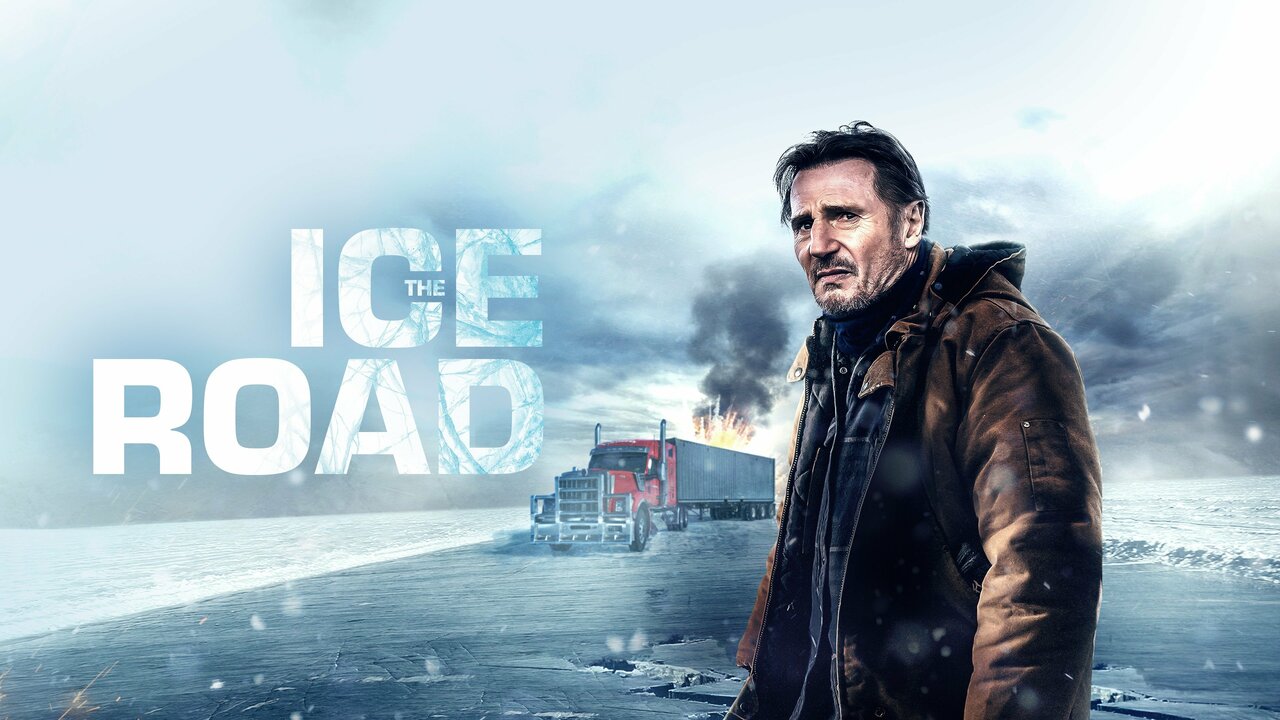Ten years after its release, Everest (2015) remains one of the most breathtaking and emotionally gripping survival dramas of modern cinema. Directed by Baltasar Kormákur and inspired by the true events of the 1996 Mount Everest disaster, the film combined harrowing realism, awe-inspiring visuals, and a stellar cast to recreate one of the most tragic and unforgettable moments in mountaineering history.
As the 10th anniversary re-release climbs back into IMAX theaters worldwide this summer, viewers are once again reminded of why Everest still stands tall among disaster epics: because it isn’t about the mountain — it’s about the people who risk everything to climb it.
Set in May 1996, Everest chronicles the ill-fated expedition led by Rob Hall (portrayed by Jason Clarke) of Adventure Consultants and Scott Fischer (played by Jake Gyllenhaal) of Mountain Madness. As multiple commercial expeditions attempt to summit Everest simultaneously, a deadly storm descends, trapping climbers in one of the most dangerous situations ever recorded on the mountain.
The film doesn't just dramatize a disaster; it humanizes it. Through characters like Beck Weathers (Josh Brolin), Doug Hansen (John Hawkes), and Yasuko Namba (Naoko Mori), viewers are introduced to individuals with dreams, families, and reasons for pushing themselves to the limit.
Unlike many Hollywood blockbusters, Everest doesn't glorify the danger — it respects it. It reminds us that nature doesn’t negotiate, and that even the most experienced climbers are at its mercy.
One of the film’s most praised aspects is its commitment to realism. Shot on location in Nepal and the Italian Alps, Everest captures the physical brutality of high-altitude climbing: frostbitten skin, thinning oxygen, and the constant mental battle between pressing forward and turning back.
Kormákur’s direction favors subtlety over spectacle. There are no over-the-top heroics, just ordinary people facing extraordinary conditions. The use of IMAX cameras and 3D technology enhanced the sense of scale and immersion, pulling audiences into the freezing, wind-battered world above 26,000 feet — the infamous "death zone."
Upon its release, Everest received critical acclaim for its visual authenticity and emotional resonance. While it didn’t dominate awards season, it earned a loyal following and became a reference point for survival films to come.
The real-life survivors of the 1996 disaster praised the film’s respectful portrayal of those lost. Jon Krakauer, whose book Into Thin Air also recounts the event, expressed mixed feelings about the dramatization, but acknowledged its power to ignite public interest in the true story.
Ten years later, Everest remains relevant in a world increasingly fascinated with pushing limits — from extreme sports to private space travel. The film serves as both a tribute and a caution: nature is not a challenge to conquer, but a force to be respected.
As Everest returns to screens in 2025, it invites a new generation to reflect not just on how high we climb, but on why we climb at all.




